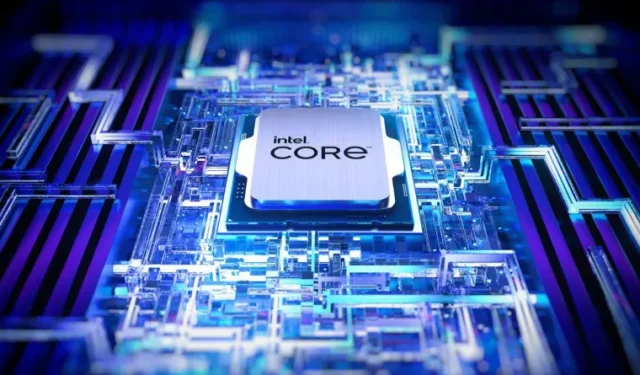Intel working on new Meteor Lake L4 cache for faster next-gen Windows, Linux, Chrome booting

Intel’s Meteor Lake processors, which are the 14th Gen Core CPUs, are expected to arrive by the end of the year, or early next year. A rumor had suggested that Intel and Microsoft were aligning the launch of desktop Meteor Lake-S (MTL-S) CPUs right around Windows 12. However, there hasn’t been much evidence of MTL-S at all in terms of leaks, which means we likely aren’t getting next gen Windows at least until the middle of next year.
Here are some of the points the patent notes regarding faster booting:
[0088] Embodiments use design requirements described in FIGS. 3 and 4, which make larger and faster memory available at reset and modify firmware flows to use that pre-initialized memory rather define FSP flow to ensure secure SoC boot without being dependent over DRAM resources.
[0089] Additionally, embodiments make use of a multi-threaded environment at the pre-boot stage to achieve faster system boot where security enforcement can be run over parallel threads along with another independent IO initialization.
[0137] Improve significant boot performance–Able to reduce additional. about.300-350 ms of booting time on latest CHROME platform.
[0138] Help to design lightweight firmware using an L4 cache as SRAM, which conducts minimum and only key functional blocks with FSP (e.g., SoC Silicon initialization blob) and bootloader methodology to boot to OS.
The patent is available on the United States Patent and Trademark Office (USPTO) website (via VideoCardz). If you recall, Intel had done a similar thing with its 5th Gen Broadwell which packed 128MB of eDRAM. However, Broadwell utilized it for graphics (GT) while the new Adamantine (L4) cache is made for processors.
Leave a Reply